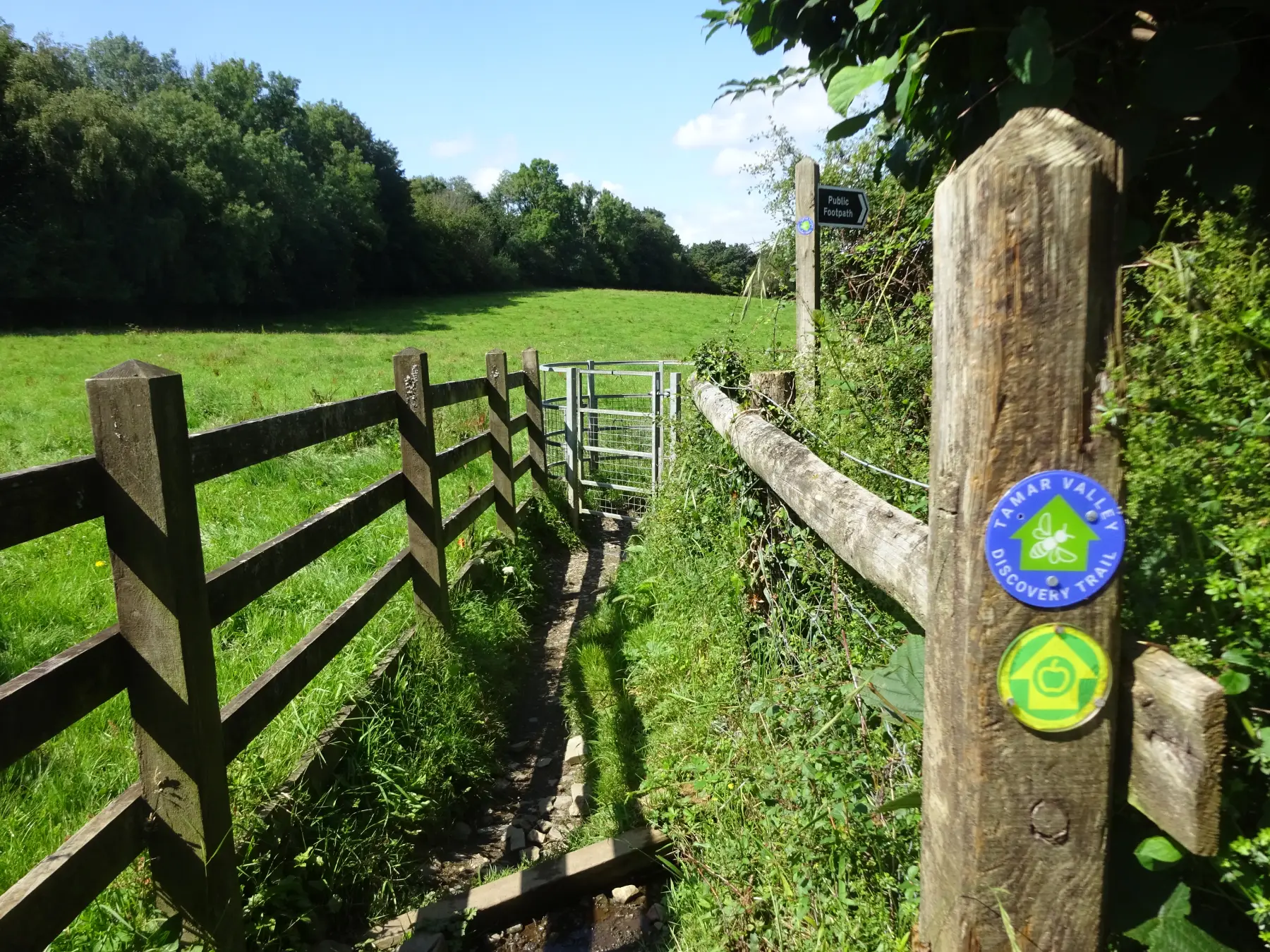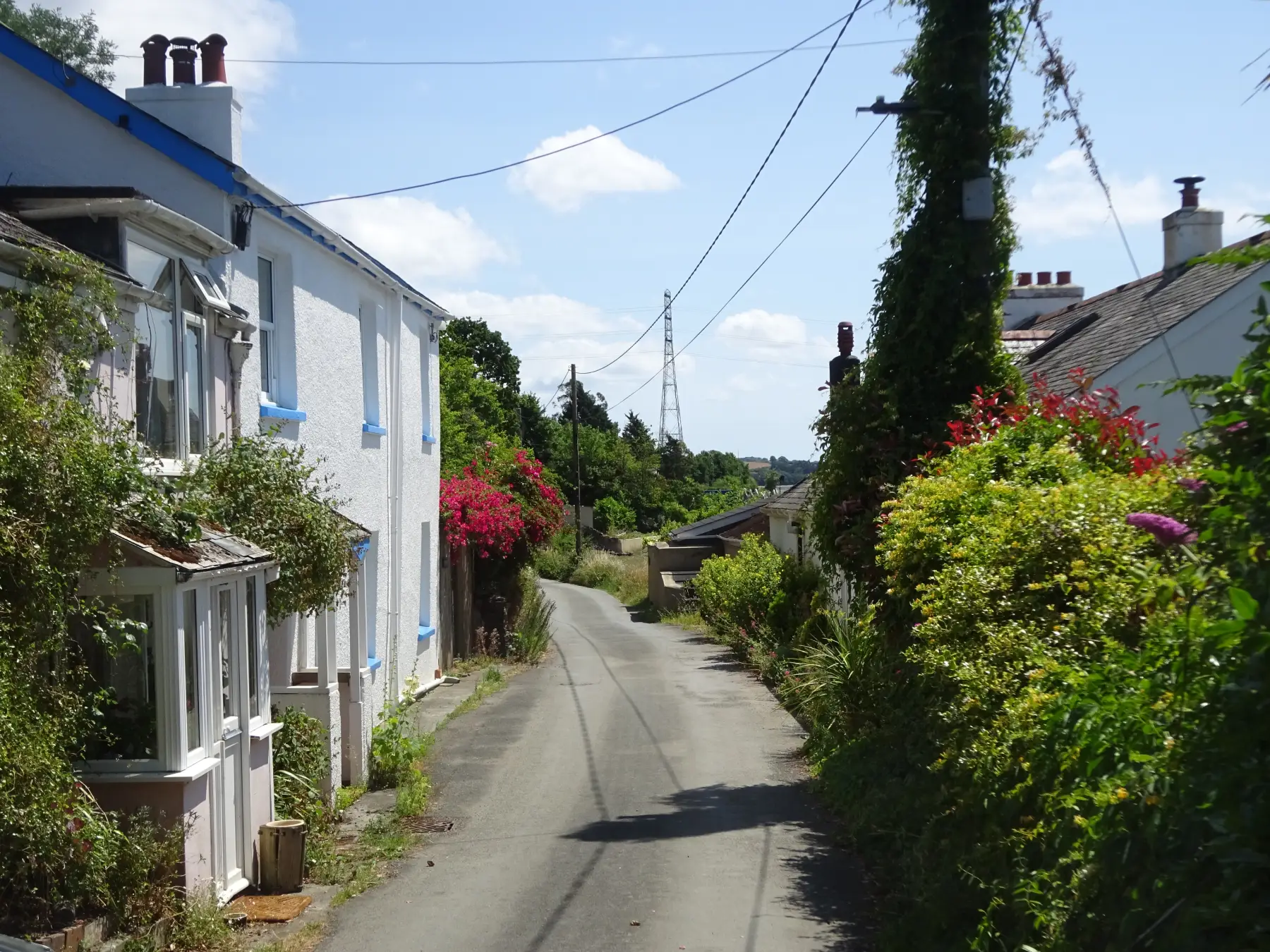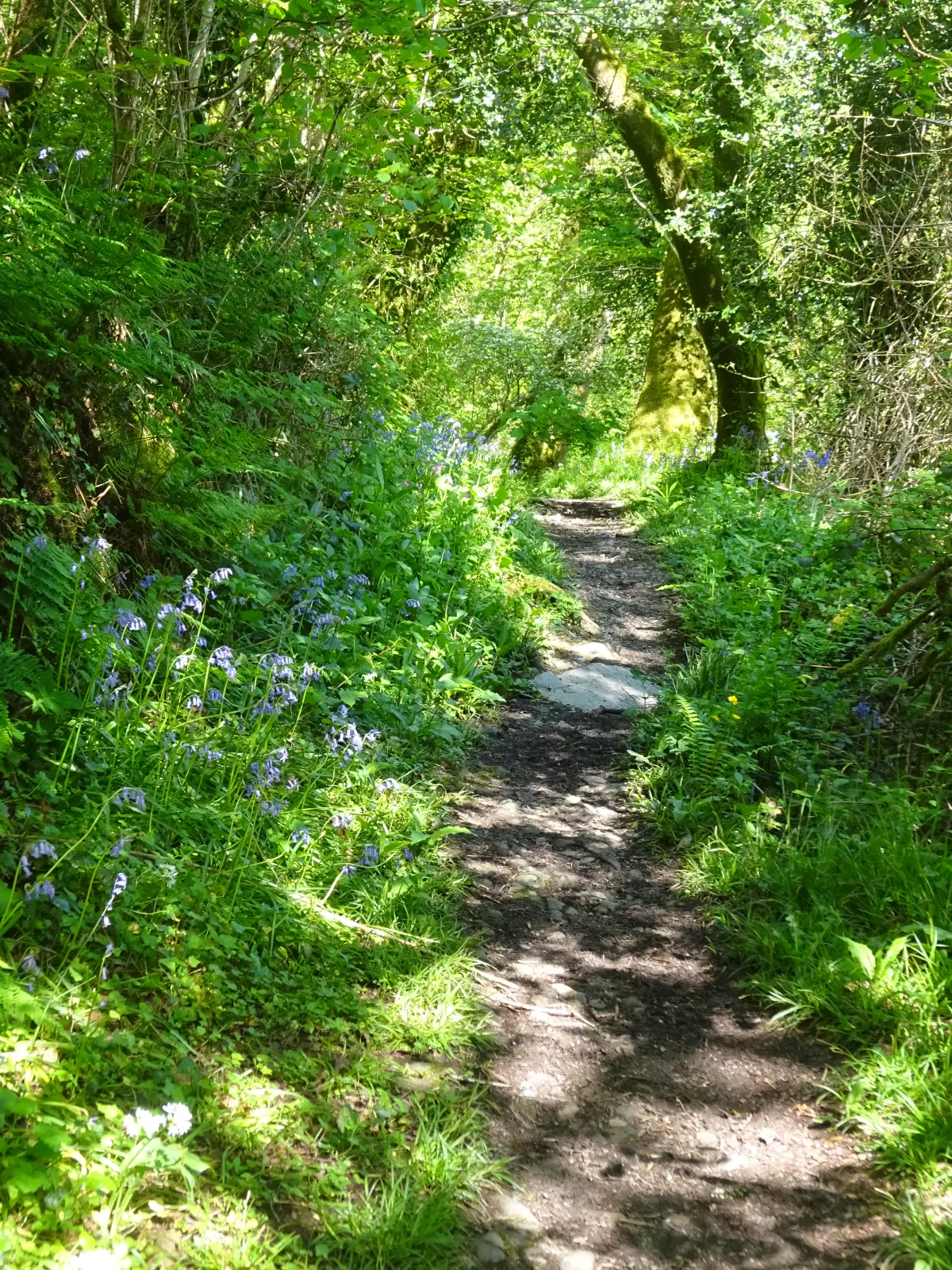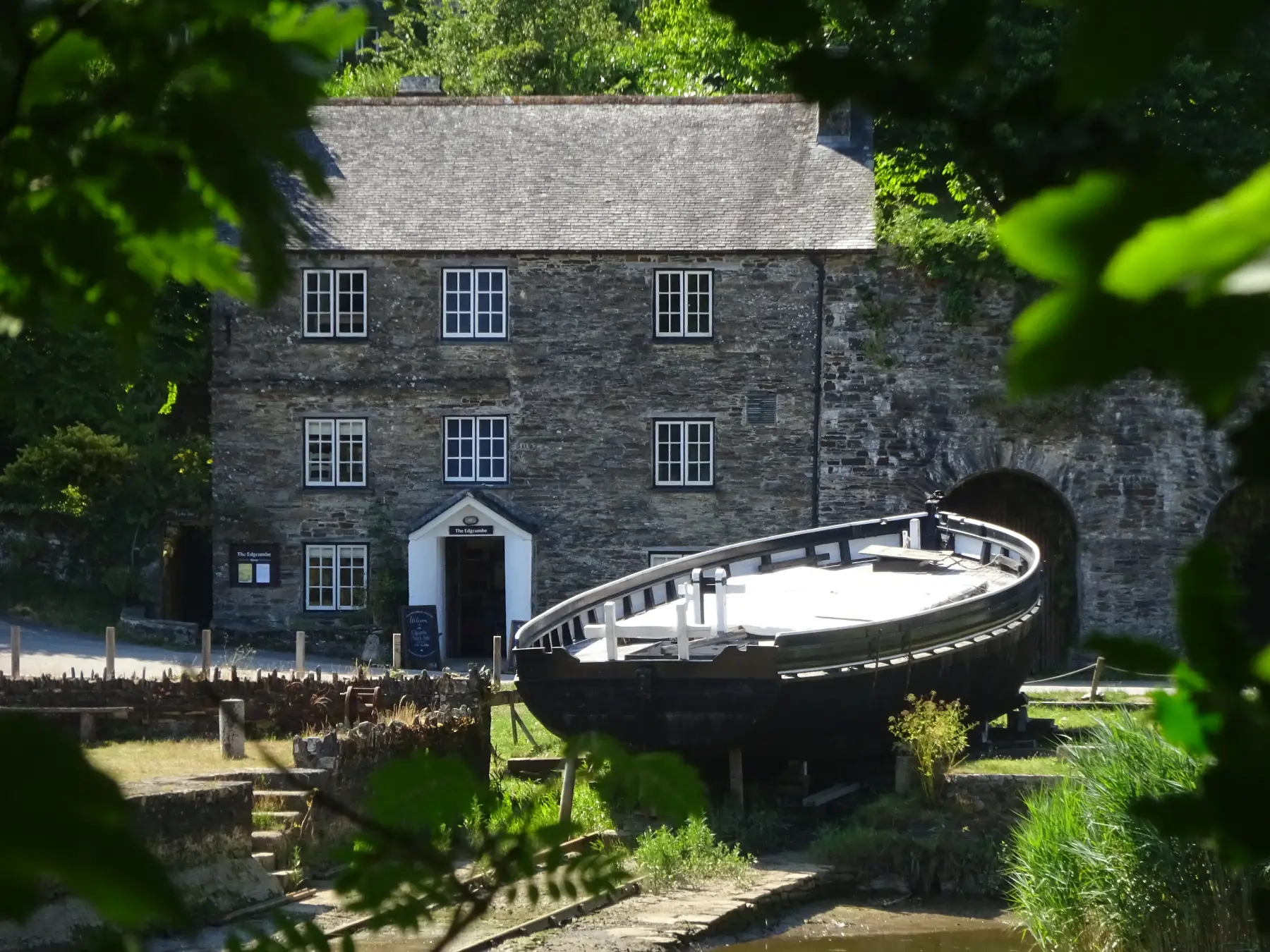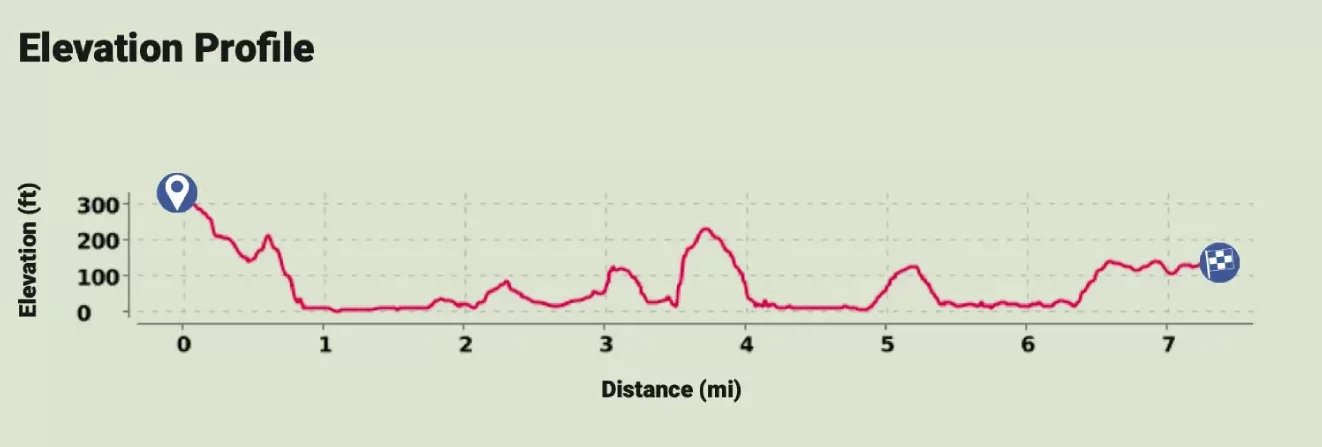Step 1
SX 440674
Bere Alston Station opened in 1890, and was important for the onward transport of local market garden produce in the early 20th century. Head down the access drive, then turn right to pass under two railway bridges (the line to Plymouth, and then to Gunnislake). Pass a house, then turn left through a kissing gate into a field.
Bear half-right, downhill: Kit Hill can be seen in the distance ahead. Cross a stream and pass a footpath post to find a kissing gate leading onto a narrow woodland path. Fenced-off shafts below are a reminder of the peninsula’s industrial past, when it was extensively mined for silver and lead; two parallel mineral lodes run north–south along its length. The mines – many dating back to medieval times – were some of the most prized in England, and originally owned by the king.
Pass a path junction and keep ahead to pass below Buttspill; descend steeply through beautiful beech woodland to reach a footpath post.

